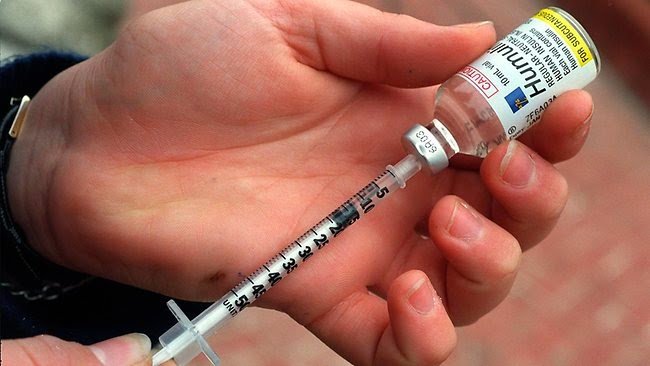Have you ever had a feeling of anxiety, loss of emotional control, fatigue, decreased libido, gain of weight, easy bruising and having purple stretch marks on the abdomen? Have yourself checked now. You might have the symptoms of some Pituitary diseases like Cushing's Syndrome and Hypopituitarism.
What to know?
One test that will detect the pituitary problem is through stimulation tests, particularly Insulin tolerance test. What comes into your mind when you first hear the word "Insulin"? Hmm. All about Diabetes right? Yes it can be. But to inform you, there are deeper things you should know about Insulin.
Insulin Tolerance Test is the most sensitive and most specific test in determining the function of Growth Hormone (GH) and Cortisol which are both hormones.
Growth Hormone
Growth hormone is a protein-based peptide hormone. It is responsible for the growth and cell production and regeneration in the body. It is stimulated by the Growth Hormone Releasing Hormone (GHRH) and is produced by the Pituitary gland.
Cortisol
Cortisol is a glucocorticoid hormone that is produced by the zona fasciculata of the adrenal cortex. It is responsible in response to fear and stress as part of the fight and flight mechanism. It is stimulated by Adenocorticotropin Hormone (ACTH). These hormones are produced when the blood glucose levels are lowered.
Insulin
Insulin is a peptide hormone which is being produced by the Islets of Langerhans in the pancreas. It is important in utilizing energy and for metabolism. The role of Insulin in the test is to lower down the levels of glucose in the body so that the Growth Hormone and Cortisol will be produced.
References:
Brook, Charles, et. al, Brook’s Clinical Pediatric Endocrinology, 6th edition, page 141
Pagana, Kathleen D., et. al., Mosby’s Diagnostic and Laboratory Test Reference, page 495
Warrel, David A., et. al., Oxford Textbook of Medicine, 4th edition, page 195








